Hi I’m Paul Roberts welcome to my PODCAST Channel “THE FUTURE” where I cover BREAKING TRENDS FROM AROUND THE WORLD.

In today’s PODCAST FIB’s Trend Report #95 PODCAST – THE STORY OF AMERICAN FASHION, written by Jess Bregenhoj, I’m taking a slightly different tack to my usual Trend Forecasts about the future, and instead I’m going to take a look back into history to make sense of where we are now and where we are going with American Fashion. And this happens to be a timely opportunity with the 2020 Fall / Winter Paris Fashion Week taking place in NYC Feb 6th to 13th
In this, PODCAST 95 I want to look at the history of American fashion and its titans.
The taste makers whose designs have intrinsically connected us to deeper elements of the American experience. Across the decades, American designers have sought to deliver a unique voice to the world of fashion; bringing their perspective to an ever evolving nation and shaping the look of a country, as it passes through political and social upheaval and onto a digital revolution.
American Fashion as we know it today, stems from the early settlers; colonists from Europe, whom brought with them the current dress from their native homes. Once prosperity struck the colonies, fashion moved away from practicality towards the decorative and clothing was used as a means of wealth distinction. These early European influences dampened with the weight of the revolution. With patriots calling out for a distinctly American style, women began making their own materials and wearing home made clothes was now considered a political statement, rather than a reflection of ones ability to buy.
In the early 1850s, a mass market of middle-class consumers emerged with industrialisation. Brooks Brothers was among the first companies to serve this market, having begun in 1818 as a tailor-shop and growing to 75 tailors and 1,500 manufacturing employees by 1857. The mid-19th century “gold rush” had an even greater effect on the US fashion system.
Mr. Levi-Strauss realised that the gold prospectors would need tents, and ordered a special resilient fabric from France to serve this market demand. The fabric was called serge de Nîmes (serge, from the French city Nîmes), which we now know as denim. In addition to using this fabric for tents, Levi-Strauss recognised that it could easily be transformed into utilitarian work trousers. American jeans were thereby born, and the development of the US fashion manufacturing system was well underway.
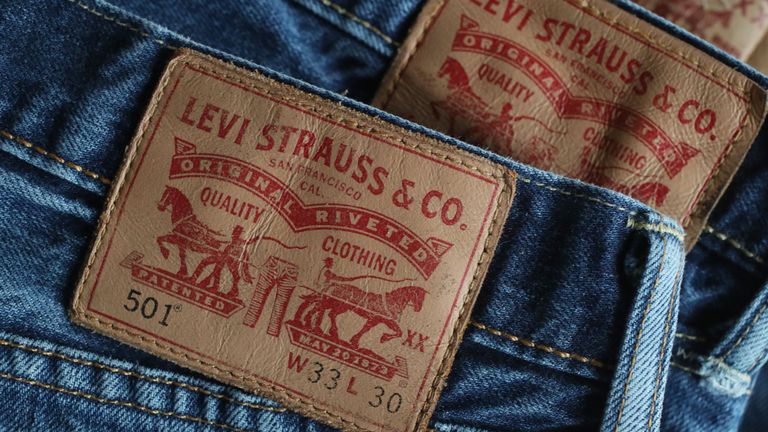
Alongside the invention of the sewing machine for industrial use by Isaac Singer, the US manufacturing industry was fully supplied with a growing immigrant labour force.
However, the real key to success in this mixture was the alignment of distribution with production. Department stores and specialty stores began to focus more retail space and marketing efforts towards clothing. This alignment allowed the US fashion industry to move beyond work-wear and menswear through superior production methods integrated with distribution, and a strong market orientation.
The 19th Century waved in new era of American ideas, which aimed to throw off class distinctions and promote religious freedom. Whilst style remained important and refinement still referred to the level of one’s wealth, over the top frivolity was now frowned upon and social upheaval continued to impact the fashion climate. The rise of the antislavery movement for instance, brought forth debate around women’s dress reform, by women who saw clothing as a form of oppression to secure their role in society.
The bloomer outfit was developed as a response for the need for more comfortable and functional clothing. Despite moral push back, it was a stepping stone for the collective conscience, pushing the needle forward on women’s rights and cultural perceptions.
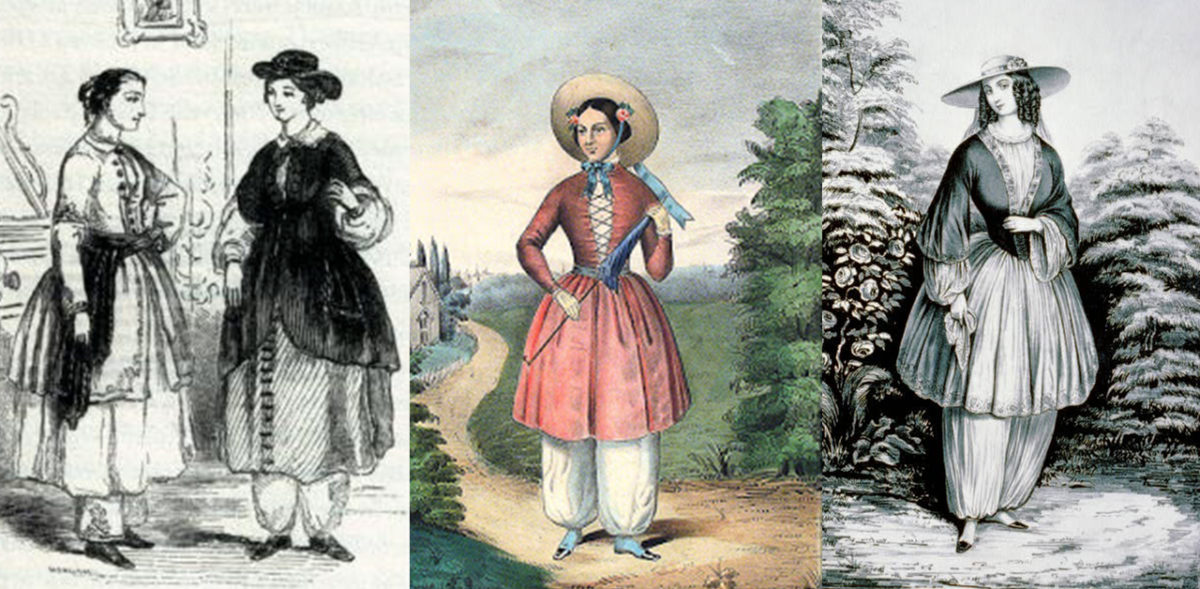
Photo Credit: Recollections.biz
By the turn of the 20th Century, the 1900’s was on the brink of an industrial revolution, with an increase of migrants and urban living. Innovations to women’s undergarments, allowed for greater freedoms and abilities for dressing unassisted. So women began to invest in fashion at a greater rate, changing their outfits several times a day. But this excess was restrained with the breakout of the first World War. Women stepped up to the war effort by taking over the men’s roles and utility took priority over precedence, with women now able to wear tailored suits for the first time in their history. After the war, women went back to their regular duties and prohibition began.
Though the youth of the 1920s were less repressed, stepping out in their flapper dresses; glamorous slips that shimmied through the jazz age and the dance floors of the cities underground night clubs. This age of romance and sexual freedom was short-lived, as it was followed by a time of rations under the great depression and then the breakout of the second World War, which saw a reduction in materials and a need for ingenuity in home made clothing. Pants or slacks became a common wardrobe staple, but the idea of femininity came back into fashion as women’s roles were propagandised back into the home. In celebration of the post war, the 1950s was the golden age of couture and European designers like Dior, were once more influencing the current fashion trends of American women.
In contrast a rise in social discontent and rebellion shaped the 60s experience, in particular for women’s liberation. With the introduction of the Pill in the late 60s, so began a sexual revolution which would influence the commercial world of lingerie in the public mainstream. In 1977 American Businessman Roy Raymond founded one of the first stand alone lingerie stores he entitled Victoria’s Secret. Based on his own experience, the company was founded to provide a public space where men could comfortably purchase lingerie for the women in their life. The name was meant to imply a certain dignity of the Victorian era, which masked the unspoken lifestyle surrounding sex and seduction.
Yet this message was somewhat lost by the decor and catalogues that followed, which appeared more Victorian brothel than homestead and with images that were more erotic than tasteful. Nonetheless, the market was open to this new niche with the business expanding across six stores and an extensive sales catalogue.
The profitable model attracted the attention of clothing retail tycoon – Leslie Wexner, who purchased the business for a cool million. Today that business is worth over seven and a half billion dollars with stores around the globe that have expanded into sleep wear, perfumes and cosmetics. Under Wexner’s guidance Victoria’s Secret was redirected to it’s current vision for a female clientele, empowering women to make their own choices when it comes to underwear. By the 90’s Victoria’s Secret dominated the lingerie market with groundbreaking advertisements and campaigns, featuring American supermodels.
But the real sweepstake was the introduction of their now annual fashion show, which was aired on prime time national television in 1995, the same year they launched their online business. Today the Victoria’s Secret runway show is a theatrical spectacle. A fantasy extravaganza featuring the brands ambassadors – the Victoria’s Secret Angels, made up of a who’s who in the modelling world which have included the likes of Helena Christensen, Tyra Banks, Gisele Bundchen and Heidi Klum. Today the vision for the brand is one of acceptance with the 2019 inclusion of their first openly transgender model, Brazillian native Valentina Sampaio on their famous runway.
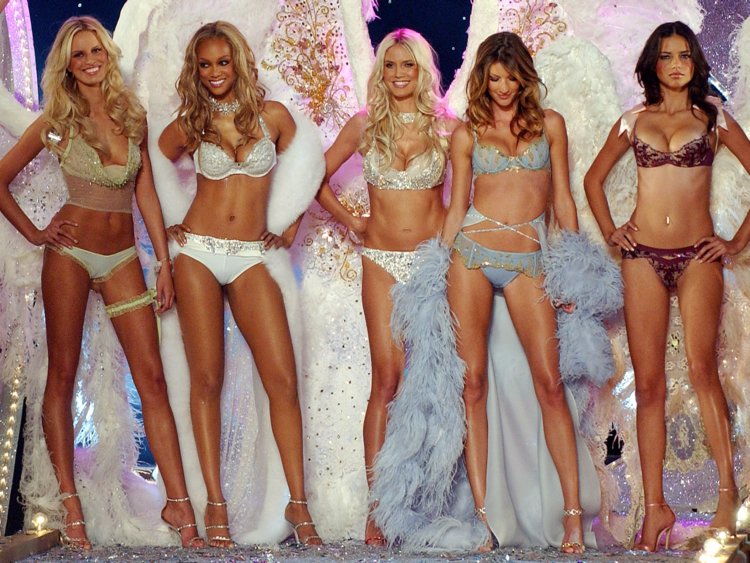
Designer Calvin Klein pioneered this cultural shift towards the mix of celebrity and the fashion world, championing campaigns that were provocative and full of pop culture references that would alter the course of advertising forever. Rising from the Bronx in New York, Calvin Klein and his business partner launched a line of tailored coats and sportswear in the late 60s and not ten years on was commanding millions in revenue for the sale of Klein’s in demand minimalist style.
But it wasn’t until the 80s that his rise of signature denim, fragrances and underwear catapulted his name into American pop culture. His sensual style was credited to the numerous luminaries hired under Klein’s direction and vision for the brand. These included the celebrity ambassadors from a young Kate Moss and Brook Shields, Super Model Christy Turlington and Actor Mark Wahlberg sporting skimpy denim and CK underwear in promotion of youth, sex and the thin ‘waif look’ in women to the ‘beefcake’ male models that became the sensation industry wide though out the 1990s and beyond.
Klein’s minimalism was a step back to something raw and primitive that balanced out the political statements of 60s fashion. The blow back from the Vietnam War saw a rise in individual style, with hippies and conservatives, politicos and mod squads all defining their voice through their fashion choices. Where London had Vivienne Westwood, America had it’s own Queen of punk to thank for provocative fashion from the mind of Connecticut born designer, Betsey Johnson. She represented the new wave of thought that took the free and rebellious spirit of the 60s and 70s youth and gave it a voice through fashion and artistic expression.
Alongside Brit’s ‘mod’ designer Mary Quant and the father of post Modernism Andy Warhol, Johnson pioneered the ‘YouthQuake’ movement of the 60s. Her hippies’ aesthetic and recycled materials were sought after staples at the NY clothing boutique – Paraphernalia, landing her a position as creative director for Alley Cat, a sportswear label where Betsey made use of her signature brights, neon’s and sexy silhouettes to critical acclaim. By the mid 70s a cultural shift saw the rise of working professionals on their way to an 80s boom, Betsey’s loud statements where muffled by a need for a corporate takeover.
But whilst America was suiting up, a punk revival was brewing on the streets of London and once more Betsey was ready to rock and roll, launching the Betsey Johnson Label with a boutique in Manhattans Soho District. Her streak of music and art inspired pieces works across the generations, revitalised by a 90s grunge era. Today this Veteran has global presence and is touching base with the next generation with her latest capsule collection for Urban Outfitters in 2019.
Make sure to check out Part Two of The Girl’s Guides to Designer Fashion: Series 4- American Fashion, where we dive further into history, starting from the late seventies!
By the late seventies things had swung back to a more relaxed and conservative look with long flowing dresses and elegance taking centre stage. Ralph Lauren became the quintessential American designer, capturing the aspirational lifestyle of Americas’ upper crust society with his brand of gentrified American Staples. Lauren elevated 20th century pieces already in circulation, from chinos, oxfords, flannelette’s and the brands signature polo shirt under one luxury banner.
Lauren hailed from a New York landmark, opening his small studio in the heart of the Empire State building with his founding line of men’s neck ties. It was not long before he expanded into a full range, bringing classic tailoring and masculine silhouettes in the early 70s to both men and women. During this period his clothing was spotted in the timeless adaptation of the Great Gatsby starring Robert Redford. It was a classic American story which culturally placed Lauren further into the heart of the American identity.
Beyond its 50th Milestone celebrations, the Ralph Lauren brand remains a global go to for consumers and designers alike, playing with the rules laid out by the brands founder. Its style has permeated the realms of hip hop and music moguls, basketball and skateboarding, to world class soccer stadiums, finding relevance in audiences looking for Ralph Lauren’s simple sophistication.
Where Ralph Lauren represented the ivy league lifestyle, Roy Halston was America’s answer to 70s and 80s glamour. Creating one of a kind head pieces, Halston found himself at the helm of Bergdorf Goodman’s millinery department leading to his brush with American royalty. Jacqueline Kennedy Onassis donned a Halston Pill Box hat to JFK’s presidential inauguration and the rest as they say was history. Soon Hollywood icons beckoned from Rita Hayworth to Marlena Deitreich, Halston commanded an A-list clientele and the press that follows.
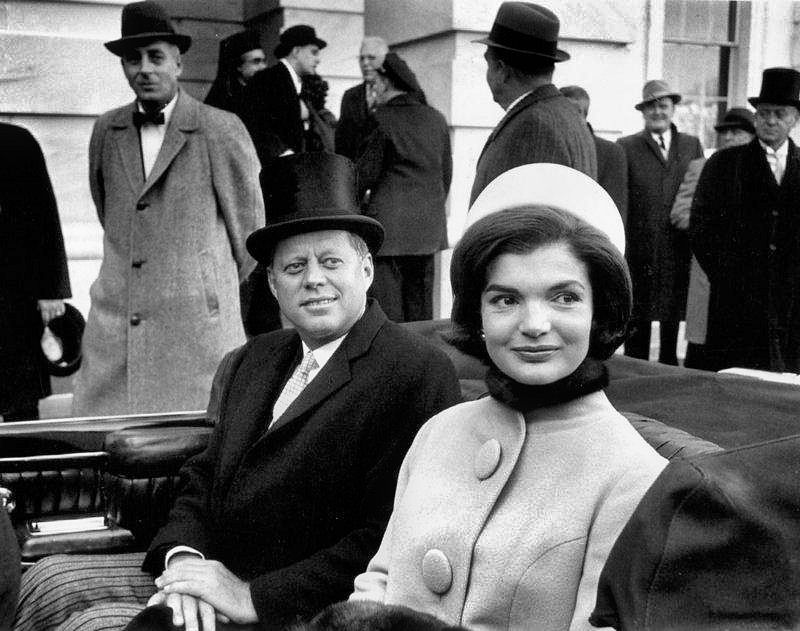
But the best was yet to come. From the silver screen to the annals of pop culture Halston dressed the dance floor of the 70s discotheques and infamous hotspot Studio 54, surrounding himself by the artists of a new generation Andy Warhol, Bianca Jagger and Liz Taylor to name but a few. In consideration of his Jet Setting Followers, Halston worked with durable, easy to wear materials like jersey and cashmere that he developed into a chic womenswear line that culminated into fashion’s most iconic pieces from a Halston jumpsuit, shirt dress and Kaftan to his signature Halter dress introduced in 1972.
He became the first designer to incorporate himself into the brands licence ‘Halston’ which also became his singular moniker. Halston went from strength to strength professionally, but became unstuck as his personal life spiralled out of control battling substance abuse and the AIDS disease which would later claim his life. Today Halston Heritage champions the late designers legacy with a lifestyle brand that holds up to its founders vision for modern effortless designs for edgy women.
At the same time there was an audience for a more overstated form glamour. It’s not often that a costume designer crosses comfortably between the red carpet and the runway, but Bob Mackie is the exception. Mackie’s work has captured the attention of Hollywood Legends, Music Divas and the academy, with three Oscar nominations and nine Emmy awards to his name. He has been dubbed “the Sultan of Sequins and the Rajah of Rhinestones” for his brand of high glamour that uses beading, feathers and sequins to catch the light and cast a star quality around its wearer.
From Tina Turner to Cher, Dianna Ross to Madonna, there are few greats he has not dressed. He started out as a sketch artist for Paramount pictures, and even drew the original sketch for Marilyn Monroe’s nude illusion dress she wore to the now infamous birthday party for JFK. Mackie was responsible for starting this idea of the “naked dress” where flesh is artfully covered in decoration for modesty, whilst at the same time appearing to be nearly nude. Not surprisingly, he was the most in demand designer for film and television, with a prolific catalogue of work under his 11 years designing for the Carol Burnette Show. By the early 80s he turned his skills to ready-to-wear to an eager public and a dubious fashion industry.

The tides have well and truly turned with the CFDA community honouring Mackie with the Geoffrey Been Lifetime Achievement award in 2019. Named in honour of another great designer from the 60s, Been was the first American designer to show in Milan, Italy, opening the gates for American designers to land on one of the world’s leading runways.
Donna Karan is another great institution when it comes to American Fashion, setting the bar for her global influence by bringing uptown New York Style to the world. She pioneered the ‘capsule collection’ concept and crafted one of the world’s biggest diffusion lines DKNY. She learned from the best rising through the ranks under another American Fashion Giant Anne Klein; whose work was responsible for continuing the tailoring techniques of Coco Chanel by bringing men’s tailoring to women’s wear as well as founding the “Junior Miss” category for the teen fashion market we now know today.
Karan took over the reigns after the death of Klein managing a smooth and upward trajectory for the brand. By the 80s conservatism was back on the agenda, and a focus in on wall street led to an 80s boom and the art of power dressing, where women took on masculine styles to compete in the male dominated market. For Karan it was the start of her eponymous label, she left Klein and found her niche servicing the boom of professional women at that time with her modern tailoring.
Noticing a gap in the market for price point friendly pieces Karen jump started a diffusion line DKNY, DKNY Jeans and DKNY for men. In a record deal Karan signed over the business to Luxury Group LVMH staying on as designer until the mainline was shut down in 2015 to concentrate on the DKNY ranges. Karan remains a fashion powerhouse and social campaigner bringing Urban Zen – a socially conscious brand to the market, being one of the first to drive a portion of her online sales to charitable initiatives.
When power dressing dominated the fashion scene Dianne Von Furstenberg offered a counterbalance, making it okay to be feminine in a male dominated world. Success for Dianne was possible without subjecting to masculinity, a model of this her self, she remains a strong female icon at the helm of a global fashion empire. Originally from Belgium, Dianne’s strength can be traced back to the holocaust survivors she descended from. She moved to New York as the wife of royalty, having married an Austro-Italian Prince in the late 60s. Her wrap dresses which combined a two piece top and skirt into one easy-to-wear dress, became a seventies sensation.
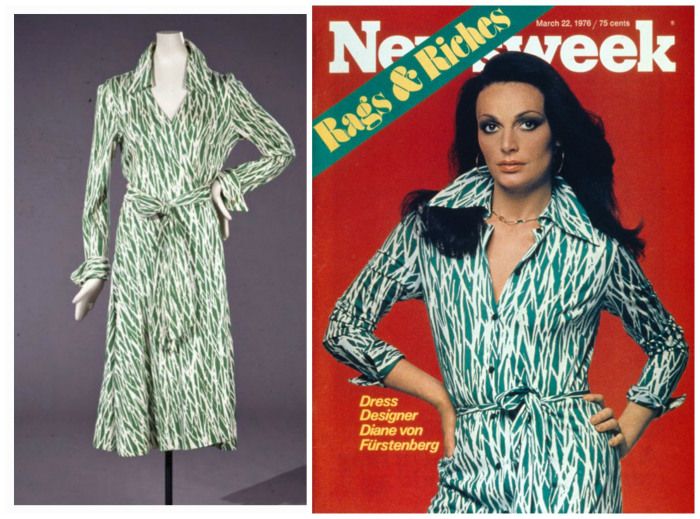
She sold into the millions and attracted the attention of publications like the Wall Street Journal, cementing her self as both a designer and business woman, charismatic, exotic and a force unlike the world has seen before. On the back of her success an empire was born, launching a cosmetics line, home and lifestyle stores and a profitable eye wear range. After stepping back for a hiatus in Paris,
Dianne took back control of the line and her namesake, reviving the ready to wear line with her signature wrap dress for the new generation and naming her daughter as Creative Director of DVF. Dianne remains a constant presence on the Fashion Scene championing young talent and even starring in her own reality show House of DVF in search of the brands next gen ambassadors, ever pioneering the way forward for the fashion industry.
The persistence of unisex style underscores modern fashion today, with the feminine and masculine roles merging into androgyny and even further into completely gender less styles. Today’s progression towards gender fluidity both in sexual orientation and societal roles has created a brave new world for designers who can dance between the influences of existing and ancient archetypes, for both commentary and design’s sake as their creative freedom wills.
For Tom Ford whom could have succeeded in any field of his choosing, his creative freedom led him to keep his field of interest wide open. From studying art history to architecture at Parsons in New York, Ford jumped ship finalising his studies in fashion at the esteemed Parsons School for design in Paris during the mid 80s. Ford paid his dues designing for luxury New York houses before landing a life changing role with Gucci. Gucci Group whom at the time was struggling to stay relevant saw Ford as a breath of fresh air, skyrocketing Ford from designer of womenswear to the position of Creative Director in just 4 short years.
Ford revitalised the brand, injecting some much needed sex appeal with some retro twists for a modern woman. Under his direction the group acquired Yves Saint Laurent which became synonymous with Fords androgynous tailoring and slim lines. In the mid noughties Ford broke free to branch out under his own name to critical acclaim, but what took the world by surprise was his deft hand at film making stunning the world with his highly stylised masterpieces The single Man and later Nocturnal Animals in what is turning out to be Fords most expressive art form to date as it encapsulates his love of design, style and story telling under one platform.
Marc Jacobs was another native New Yorker and Parsons prodigy to make a name for himself, becoming the youngest recipient of the coveted CFDA Perry Ellis Award for New Fashion Talent. Jacobs did not disappoint! After a successful stint at Perry Ellis, it was clear Jacobs was carving his own grunge style apart from the Ellis brand, launching into his own label, the Jacobs cache continued to grow landing him at the top, as head creative director for Louis Vuitton’s Luxury House in the late nineties. A survivor of addiction Jacobs battled on to present the first ready to wear line for the house, alongside the pressure of running his own eponymous label. Jacobs remained at the helm of LV for well over a decade passing the reigns to focus once more on his line and collaborations, which still pull in the praise, including taking home an accolade for his trailblazing ways at the recent 2019 MTV awards.
Another trailblazer is Americas young gun of fashion, Alexander Wang. Of Taiwanese descent, Wang was a child of the 80s born and raised in San Francisco, an epicentre for music, rich in culture stemming from its roots in jazz and rock and roll, to producing heavy metal giants Metallica and punk rockers Green Day from the melting pot that was the Bay area. In reflection of this, his hunger and interest in creative pursuits was evident from an early age, attending a summer program at the esteemed fashion design institute Central Saint Martins of London. After graduating from high school, he enrolled in Parsons of New York, keeping one foot in the industry by interning for the worlds leading fashion publication American Vogue and for his predecessors Derek Lam and Marc Jacobs.
Confident in his craft Wang dropped out of design school to begin his career. Focusing in on cashmere sweaters and launching his label with a knitwear collection. By the fall of 2007 he dropped his ready-to-wear collection on a New York runway, attracting the attention of the CFDA fund. The Council of Fashion Designers America is a not for profit trade association founded in the early 60s to promote Local industry and together with Vogue magazine they created the CFDA Awards, an exclusive competition to provide mentor ship and exposure for young talent and importantly provide funds to elevate a small business into global one.
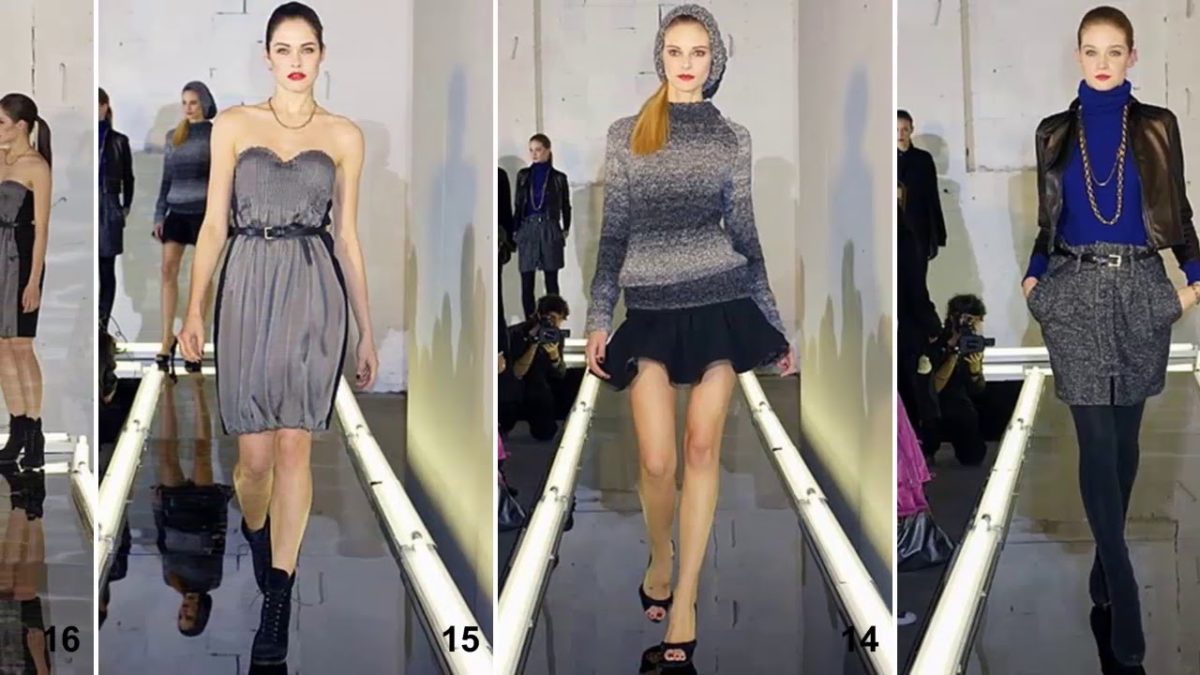
Photo Credit: Pinterest
Wang took out the award in 2009 and hasn’t looked back. In the next two years the designer launched Women’s T by Alexander Wang, Men’s T by Alexander Wang and a footwear label. He was named best menswear designer by GQ magazine and was picked up as creative director for Balenciaga for the following three years. Today the designers unisex aesthetic, with it’s mix of rawness and refinement is represented in flagships all over the world with his renowned leather goods, cutting edge designs and on trend accessories.
It is clear from young designers like Alexander Wang that the legacies of the American Titans of fashion still hold great impact, etched into histories archive and ready to influence the next generation of designers, who seek to make their own mark on the world of fashion.
American style cannot be defined by a choice between a white or blue collar. American fashion styles are as diverse as the number of nationalities that make up the USA’s ethnic backbone. America may have given the world the iconic blue jeans and the t-shirt but it has done far far more to make a lasting and important imprint on world fashion.
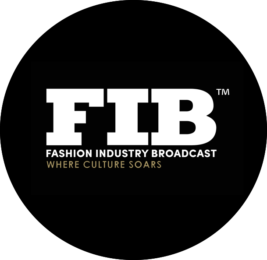
Writer: Jess Bregenhoj
Narrated: Paul G Roberts, The Future Podcast
FIB Trend Reports: Breaking News From Around The World
Charles Darwin said “It Is Not the Strongest of the Species that Survives But those Fastest to Adapt”
If you want to want to know where your world is headed first subscribe to the FIB Platinum Curated Content Membership.
Custom designed for knowledge workers and creatives, our unique TIB curated Content Platinum Membership, puts the latest popular culture, news, and trend breakdowns directly into your hands each week, faster than your competition has time to discover them.
So you can hear first, act first, profit first.
CLICK THE LINK to SUBSCRIBE. If you like please share and write a review. See you next time.
https://desiregroupe.samcart.com/products/platinum-membership-annual







